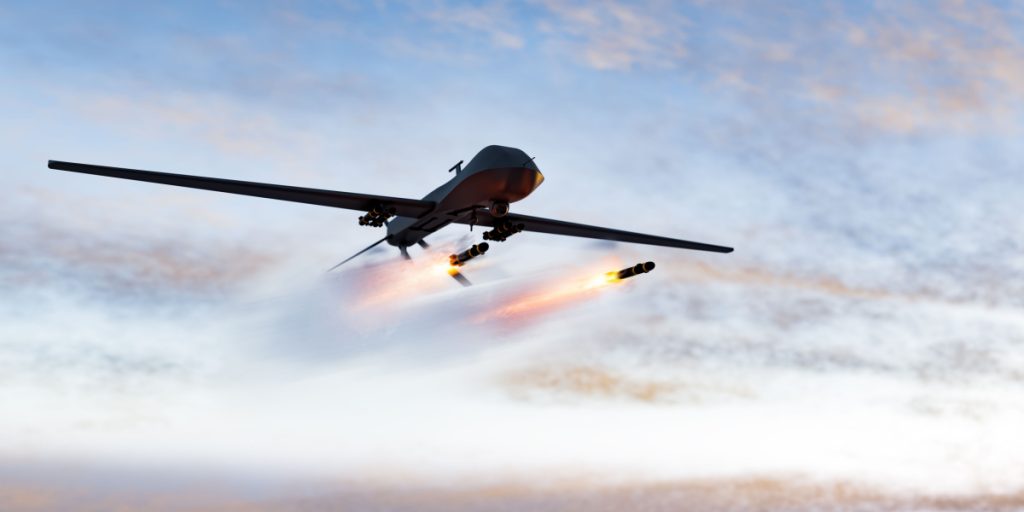In the early hours of January 15, Russian forces launched a major missile strike across Ukraine.
Others are reading now
In the early hours of January 15, Russian forces launched a large-scale missile attack across Ukraine, hitting areas as far west as the border with Poland.
This was Russia’s first major assault of the year, according to Defense Romania and WP Tech. The strike followed a night of drone operations.
The Ukrainian Air Force reported that the attack involved at least seven Russian aircraft, including Tu-95MS strategic bombers, Tu-22M3 long-range bombers, and MiG-31K fighters equipped with hypersonic Kinzhal missiles.
The operation targeted almost the entire country, using various weapons like Kh-101, Kh-22, Kinzhal, Kalibr, and Iskander-K missiles, along with Geran-2 kamikaze drones, also known internationally as Shahed-136.
Also read
The Kh-101 missile, one of the key weapons used, is known for its precision. It uses a guidance system that matches real-time images with pre-stored data, allowing it to strike targets with accuracy.
The Kh-22 is another destructive weapon, carrying a massive warhead and reaching speeds of up to Mach 4, making it hard to intercept.
The Kinzhal hypersonic missile, capable of reaching Mach 10, is considered one of Russia’s most advanced weapons, while the Kalibr cruise missile flies at low altitudes, avoiding many air defense systems.
The Iskander-K missile, with its range of 500 kilometers and high-speed flight, adds to the complexity of defending against such attacks.
Russian forces also relied on Shahed-136 drones, which are rebranded as Geran-2 by Russia. These drones are lightweight but effective, carrying 40-kilogram warheads and capable of targeting infrastructure and military positions with ease. Their low cost and simplicity make them a common tool in Russia’s strategy.


